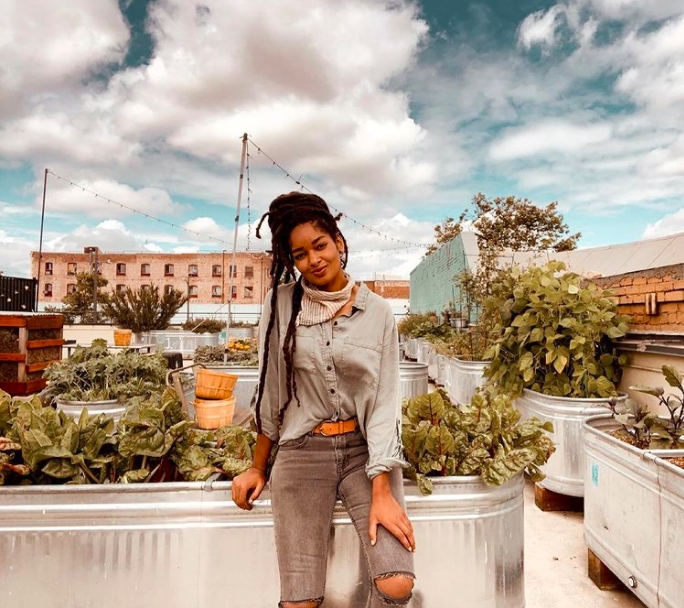My journey into urban agriculture started in the produce department. As a teenager, I discovered the allure of my local health food store for the first time, smitten with the free samples of vegan jerky and the lavender-scented shampoo aisle. But I quickly realized that my dog-sitting pocket change wasn’t enough to cover the cost of anything in the store except for the organic seed packets in the checkout aisle. So I returned home with a bag of vegetable seeds; each packet a promise, each seed an opportunity.
By 23, my daily routine was simple: picking produce at sunrise from the seven acres that I tended, cleaning the roots, carefully packaging each crop, securing boxes of veg in the backseat of the truck nestled neatly beside my backpack, and dropping off the produce to two local markets before my college classes started. I was the one who tracked red mud into the classroom and never had a pencil handy. I would stare out of the window that overlooked the grassy common lawn during chemistry and create a hypothetical crop plan for the fall. My daydreams were spent pondering the square footage of green space and debating between fescue or clover as a cover crop.
I learned to grow plants from the instructions on the back of a seed packet. I learned to grow food from my community. After college, I split my time between the seven-acre farm and a smaller plot on the south side of town. It was a piece of land that was part of a housing project for low-income families. I finally found an agricultural community that mirrored my image, a mostly black neighborhood of smile-line etched faces and strong hands. Here I learned to grow what people would eat, to turn seeds into sustenance.

My work was not solitary, I want to be clear about that. I had a lot of help turning compost from a local group of previously incarcerated men. I can still smell their sandwiches, stuffed with chilis pickled in vinegar and ham. The local church-goers loved to help plant the rows of seeds. They ate okra fried in buttermilk on Sunday afternoons. Tasha lived down the street. I learned to weed wack as she ate strawberries from the vine, sucking seeds from her teeth while she showed me pictures of her 3-month-old son.
I began to think of people like the foods they ate and their crop placement. The chili men grew in row seven with full sun and strong stalks. They could turn cow manure into lunch. The church group had strong roots in row five where purple stalks grazed the cloudless sky. Their seeds saved well through winter. Maybe growing food is just another metaphor for connection — not just to the land but to other people.

In Los Angeles, I have the privilege of growing food with the unhoused. Here you can grow food on the sidewalk, on a rooftop, in the alley, and on a balcony. My favorite question has become, “Do you think I can grow food here?” Sometimes the “here” is a windowsill in a homeless shelter or the sidewalk in front of a tent. I’ve had the opportunity to help reinvigorate existing gardens and plan new urban farms.
It’s incredible to think my journey started with a seed packet. I try to remind people of the intricate nature of a seed. Like people, seeds don’t require much — just nourishment, light, water, and community.
More than growing beautiful crops, more than planting immaculate rows, I want you to grow food with me; and with one another. It’s a privilege to nourish your community, and the journey from seed to food truly changes you. If you’re thinking of growing food in your neighborhood, here are three simple steps you can follow:
Connect with Your Neighbors:
Growing food is about community. Learn what your community likes to eat or what they would like to see growing. This will ensure a mutually shared harvest.
Create a Community Garden:
It’s not as complicated as you might think! Most cities have a directory of community gardens and if there isn’t one in close proximity to you, you can create one of your own. Gather a list of signatures in support of your venture and present the proposal to your local governing body.
Occupy Unused Land:
You might notice that medians, alleys, or even yards are not producing edible plants in your area. Contact the owner of the land by searching the deed online. Most people are incredibly open to others growing food on their unused land!







